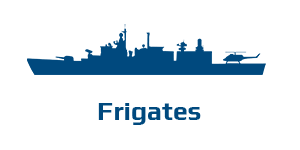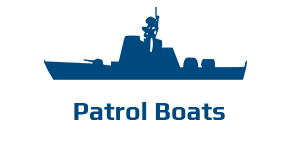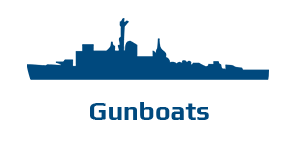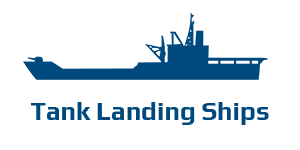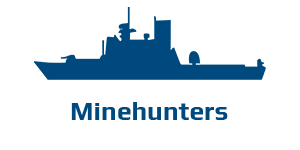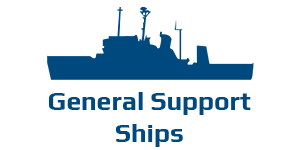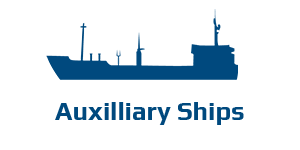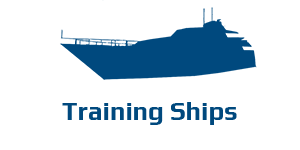Hellenic Navy Supply Center

Crest
Amalthea’s horn and an anchor are depicted.
According to Greek mythology, Amalthea was the goat that with her milk baby Zeus was fed.
Amalthea’s horn symbolizes the abundance of goods and means.
History
- The Hellenic Naval Supply Center (H.N.S.C.) was established in 1966 following a study prepared by a group of American officers to address the existing weaknesses in the Navy’s logistics system, the most important of which are the division of logistics work, and the number of logistics of independent regional Directorates that existed in Branches and Directorates at the level of the Hellenic Navy General Staff (HNGS)
- The organization of the HNSC was designed based on the INVENTORY CONTROL POINTS of the US Navy and was gradually adapted to modern data, to the extent of the existing capabilities in human resources and means.
Mission
- The mission of the H.N.S.C. is to implement the Hellenic Navy (H.N.) supply program via the provided financial support (Budget) based on the supply policy determined by the Hellenic Navy General Stuff (H.N.G.S.) and the individual directions of the Hellenic Navy Logistics Command (H.N.L.C.), with the aim of contributing to ensure effective logistics support of the H.N. units.
- In the implementation of its above mission, H.N.S.C. follows the necessary procedures and implements the individual functions of an integrated logistics system which are:
- The assessment, forecast and projection of needs, the implementation/execution of supplies/works, the formation and flow of stocks, the supply of materials, their accounting/management monitoring and control.
- The storage, classification, maintenance, recycling, management and supply of materials and supplies (general and remuneration materials, personnel supplies, sanitary and pharmaceutical materials) intended for the maintenance, repair and in general meeting the requirements of operation and operational readiness of Η.Ν. Ships and land units except fuel, lubricants, naval supplies and armaments – ammunition.
- The supply of commercial materials under its responsibility, which are not present in the supply system and intend to cover the needs of the H.N. Ships under repair, as well as the supply of materials that affect the readiness and safety of the H.N. Ships and land units, with specific financial pre-approvals and approvals for this purpose.
- The transit of materials and supplies under his responsibility (shipment-receipt-loading-unloading).
- The sorting and disposal of useless and surplus material of the warehouses.
- The keeping, monitoring, updating and inventory control of the inventory books of the H.N. Ships and land units, for their material and supplies, in accordance with the orders in force.
- The general inventory of warehouses.
Organization
- H.N.S.C. general administrative arrangement has the following structure:
- Commanding Officer.
- Stuff coordination and administrative services Directorate.
- Inventory control and projection Directorate.
- Procurements Directorate.Receipts and materials transit Directorate.
- Budget execution and payments Directorate.
- Studies and IT Directorate.
- Attica supply Directorate.
- Crete Supply Directorate.
- The H.N.S.C. organization is the administrative functional tool, via which the Commanding Officer exerts his duties.
- The administration of H.N.S.C. is exerted by its Commanding Officer with the direct contribution of the Stuff coordination and administrative services Director, who is obliged to prepare the necessary data for decision making by the Commanding Officer and aid him/her at his/her mission fulfillment.

